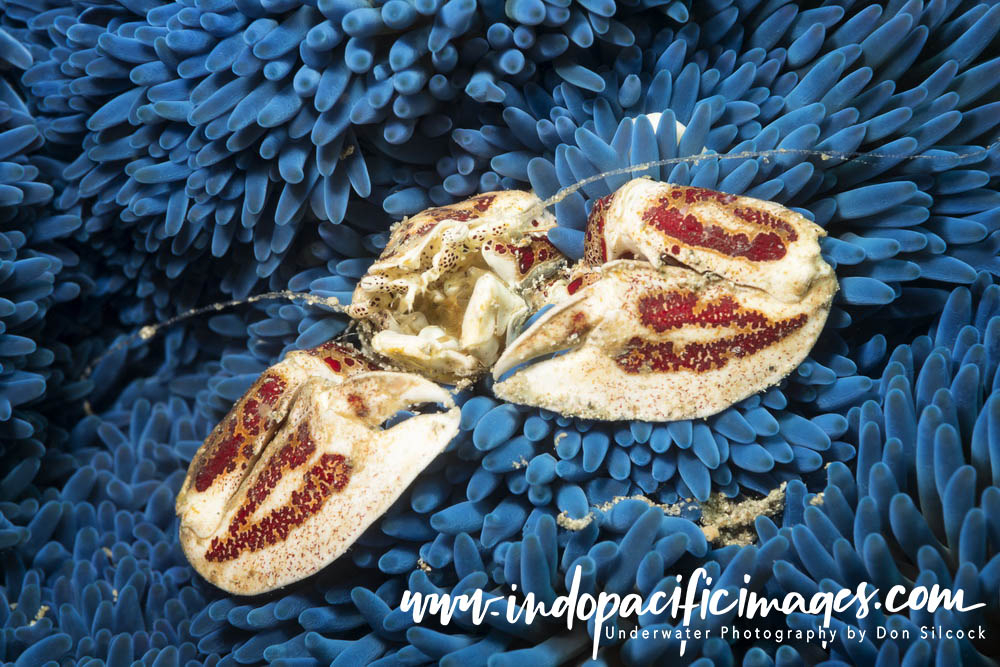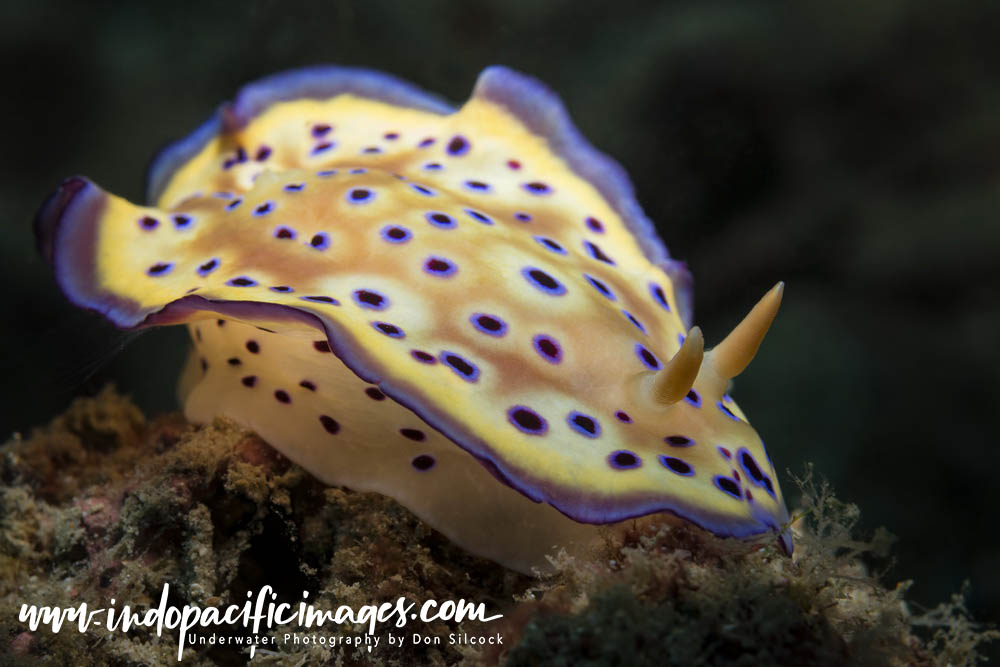
Samarai Island jetty is another of Milne Bay’s signature dive sites… And is one of those places you can spend hour after hour exploring for critters in the general debris underneath the jetty and on its many rusting piles.
There are two jetties at Samarai – the Government jetty on the north-west tip of the island.
And the much more intact version on the south-west tip, near the main market.
The Government jetty is the one to dive and there is much to see there!
In its heyday Samarai Island was known as the “Pearl of the Pacific” and was the administrative headquarters of the Eastern Papua region of what was then British New Guinea.
With a peak population in 1996 of nearly 2500, making it by far the second biggest town in the overall region.

Those glory days have long gone, as a walk around what is left of the town will quickly tell you. But it is still an interesting place that is well worth visiting. You can use this link to read a bit more about the history of Samarai Island.



The jetty at Samarai Island has also known much better days. But its poor condition above water has contributed to the excellent marine life under the water. Because all the bits that have fallen off have joined with over a century’s worth of accumulated flotsam and jetsam to create a perfect environment for critters!

Diving Samarai Island Jetty
The jetty is a straightforward dive. Once you get there, and for that you will need a boat… There is simply no other way to visit Samarai. As the island is located at the southern end of the China Strait, about 50km from Alotau. Currently MV Oceania is the only boat that visits Samarai, when it operates in Milne Bay in February and March every year.
Typically liveaboards anchor off from the jetty and use tenders to drop you in at your selected point. There is quite a lot of territory to cover as the overall area stretches out well over 200m.
There are only two things to be extra careful about when diving Samarai Island jetty. The first being to watch where you put your hands and knees as there are a lot of rough edges. And there are a lot of very well hidden stinging critters. The second is the current, which can be really strong at times. So you need to take care, especially at the ends of the jetty because you could end up in open water…


Back To: Complete Guide to Diving Milne Bay
